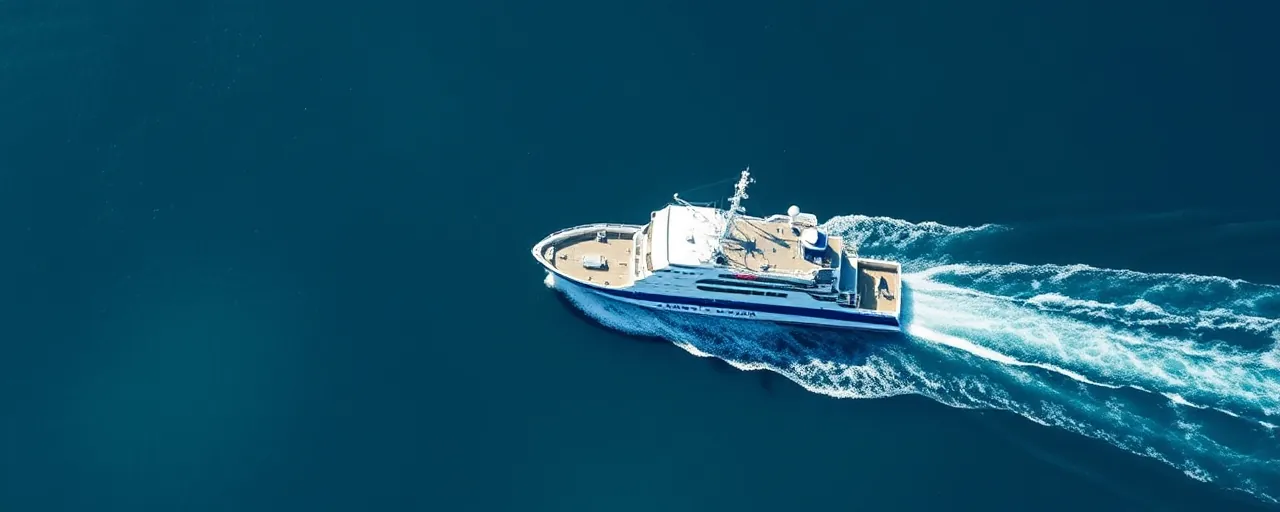A Fresh Crew Hits the Deck
Twenty new faces joined the ranks of the NOAA Corps last week, stepping off the training grounds and into a world of ocean waves and atmospheric puzzles. On April 3, these ensigns graduated from the first Basic Officer Training Class of 2025, held at the U.S. Coast Guard Academy in New London, Connecticut. After twelve intense weeks, they’re ready to take on leadership roles aboard research vessels that crisscross the nation’s waters, mapping the seafloor and tracking environmental shifts.
This graduation marks a shift for the NOAA Corps, one of the country’s eight uniformed services. For the first time, the agency is running three training classes a year, a move that bumps up the number of incoming officers by half. It’s a response to growing demands on the fleet, from monitoring climate change to aiding disaster relief, and it signals a renewed push to keep science at the forefront of national priorities.
Rigorous Training for Real-World Impact
The training these officers endured was no light affair. Picture a mix of classroom deep dives and hands-on drills, all designed to forge leaders who can handle a ship and a scientific mission at once. They learned navigation, shiphandling, and firefighting, while also mastering the art of leading teams under pressure. The program, run alongside Coast Guard candidates, emphasizes discipline, appearance, and quick thinking, traits essential for the unpredictable nature of their work.
Once they leave the academy, these ensigns head straight to NOAA’s fleet of fifteen research vessels. Unlike some past classes, none from this group are bound for aviation roles; instead, they’ll crew ships like the Bell M. Shimada and the Okeanos Explorer. Their assignments will take them from the Gulf Coast to the Arctic, collecting data that shapes everything from fishery policies to storm forecasts.
Boosting Science on the High Seas
The expansion of officer training comes at a pivotal time. NOAA’s research vessels are linchpins in understanding how oceans and the atmosphere are changing. Equipped with tools like underwater gliders and advanced sensors, these ships gather data on sea temperatures, carbon levels, and marine life. Advocates for climate action see this as a critical step, arguing that more trained officers mean more reliable data to guide adaptation strategies.
Yet, the push isn’t without hurdles. Some in the scientific community point out that staffing up is only part of the equation; keeping these vessels operational and upgrading their tech takes serious funding. Still, the Office of Marine and Aviation Operations insists the investment in people pays off, citing improved data collection in recent years as evidence. With climate pressures mounting, the stakes couldn’t be higher.
A Diverse Force for a Complex Mission
Behind the scenes, NOAA has been working to make its workforce look more like the nation it serves. Since opening its doors to women in 1972 and seeing pioneers like Evelyn Fields rise to leadership, the Corps has leaned into diversity. Recent efforts include partnerships with Minority Serving Institutions and targeted recruitment drives, which hit record hiring numbers in 2023 and 2024. The goal? A team that brings varied perspectives to tackle complex environmental challenges.
The new officers reflect that effort, hailing from places as different as Portsmouth, UK, and Trinidad, California. Their mission blends science and service, supporting everything from disaster response to waterway safety. As they fan out across the fleet, they’re stepping into a legacy that’s evolved from mapping coastlines in the 19th century to deploying drones in the 21st.
Looking Ahead on Choppy Waters
With these twenty ensigns now in the mix, NOAA’s capacity to watch over the planet’s pulse is growing. The ships they’ll command are more than floating labs; they’re platforms for innovations like AI-driven forecasting and autonomous systems that probe remote waters. Researchers say this kind of data is gold, feeding models that predict how ecosystems might shift in the coming decades.
What’s next for the Corps? The push to train more officers suggests a long game, one aimed at staying ahead of environmental curveballs. Whether it’s a hurricane bearing down or an Arctic ice sheet thinning out, these new leaders will be on the front lines, turning raw data into answers. For a public eager to grasp what’s happening out there, their work offers a tangible link between the lab and the real world.
